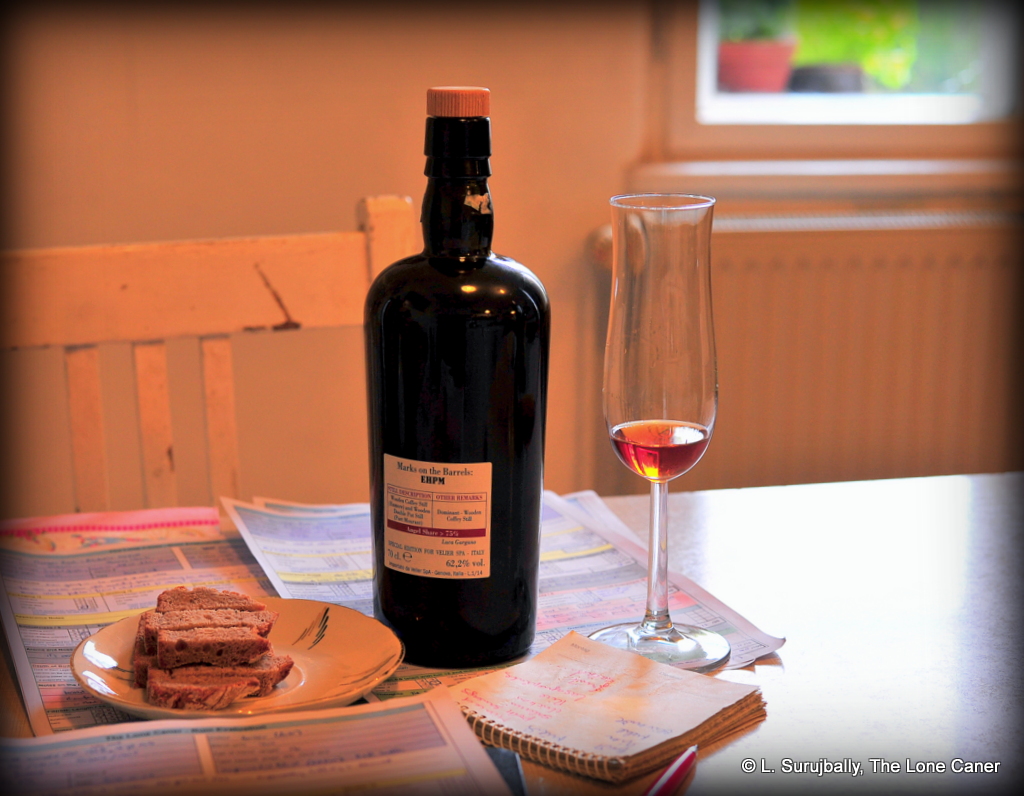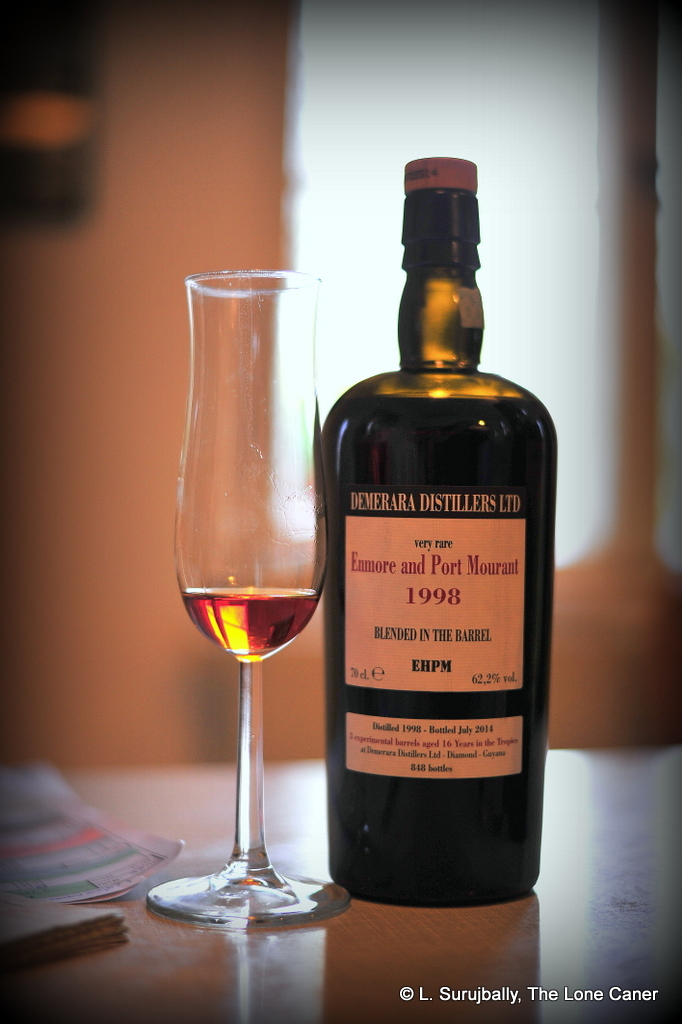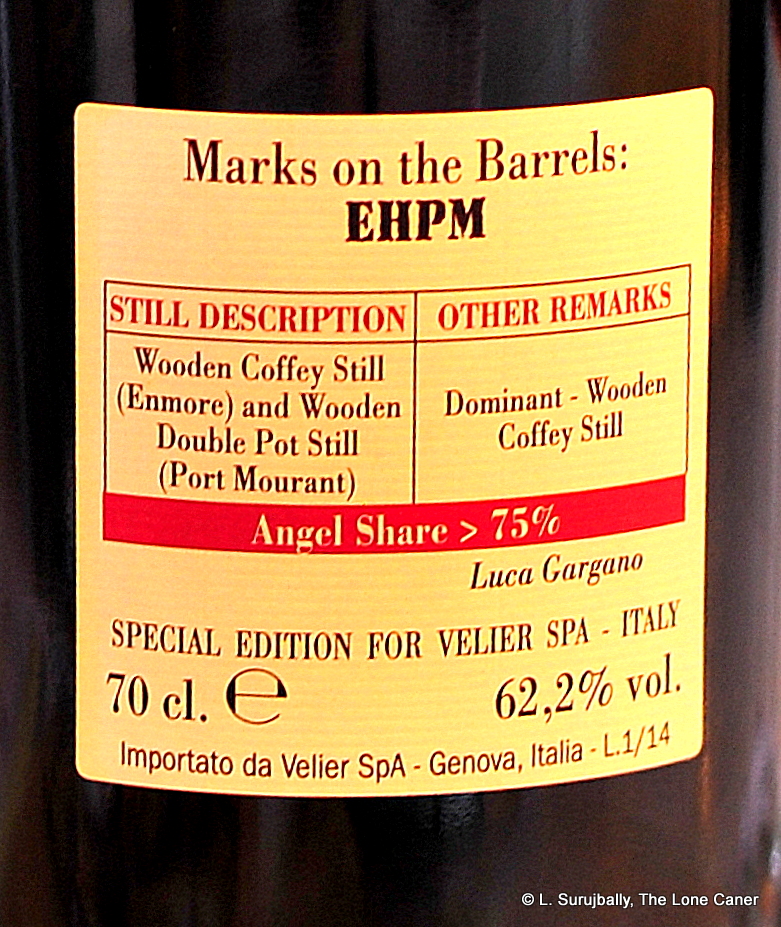There are three of these cask strength single-still editions from El Dorado, one from each of the famed “heritage” wooden stills: Versailles, Port Mourant and Enmore. All are full proof, all are very exacting, and all point to the evolution of El Dorado into the premium rum space previously seen to be inhabited mostly by independent bottlers (occasionally issued halo rums by producers don’t count).
Although there had been movements to issuing still-specific rums before (most notably the Rares in 2015-2018) one never got the impression DDL’s heart was in it: the outturns were too small, people were not initially receptive, and because the bottles were different they were not always known to be from DDL, so sales were lacklustre and they fell by the wayside. The aha! moment (my opinion) came just after COVID, when we began to see the stubby brown bottles and similar labels as the Standard Line, start to come to market.
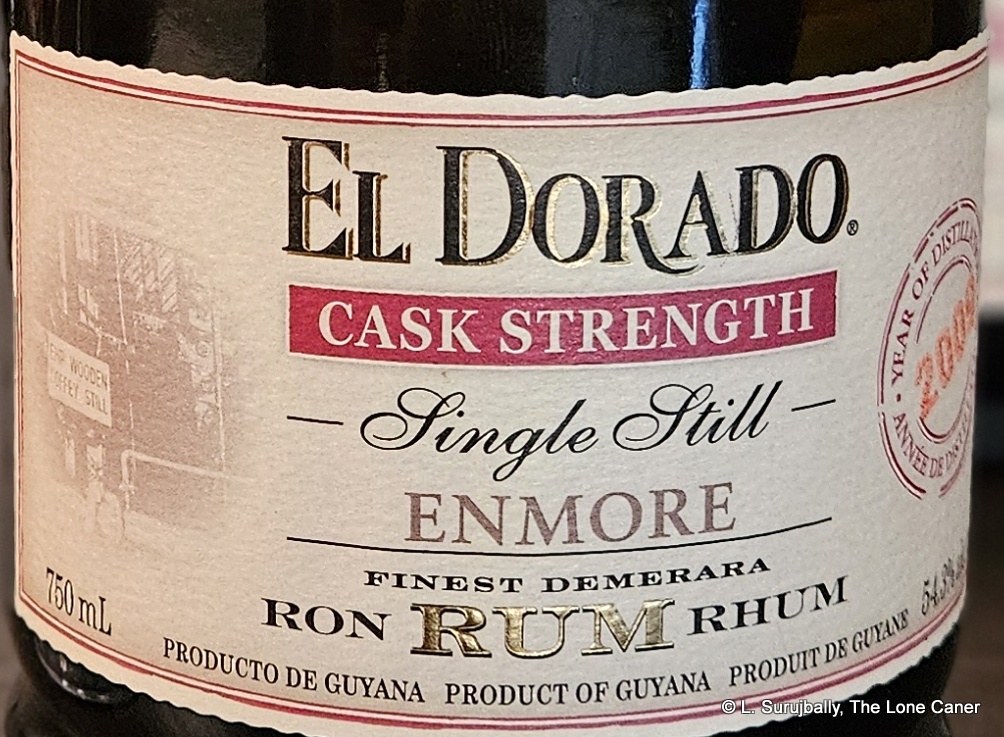 There are two versions of these three rums: one set is at 40%, which I mostly ignore, though I’ve tried them. And the others are at cask strength, that are much more expressive and to me, give a truer insight into the stills’ output. We’ve looked at the 2009 PM edition before, so now let’s turn our attention to the Enmore from the same year, also a 12 YO, and at 54.3% ABV
There are two versions of these three rums: one set is at 40%, which I mostly ignore, though I’ve tried them. And the others are at cask strength, that are much more expressive and to me, give a truer insight into the stills’ output. We’ve looked at the 2009 PM edition before, so now let’s turn our attention to the Enmore from the same year, also a 12 YO, and at 54.3% ABV
Tasting notes: well, it starts off nosing quite nicely: sweet, warm aromatic wood, earth, caramel, honey, yoghurt, vanilla, cinnamon, nutmeg, sort of like an old confectionary shop in winter. It smells of some light sawdust and wood chips, but also (get this) gummi bears, crushed walnuts. peanut brittle (!!), and also some bitterness of tannins and unsweetened dark chocolate and coffee grounds. And lurking behind it like a Beagle Boy with a cosh in his hand is a faint whiff of meatiness, which is odd, I grant you, but far from unpleasant – in fact, the only thing missing here is the slight tart and acidic bite of citrus.
The palate is dry and slightly sweet (I like that). The same bitterness of wood chips, wet sawdust and a used coffee filter, but also bags of really dark fruits: prunes, raisins, plums for the most part, with maybe some overripe dark cherries, and even and olive or two. The woodiness seems a bit more prevalent here in spite of the balancing earthy and spice tones, and once again there is an absence of countervailing bite which certainly will take some getting used to, especially for those who like agricoles or blended Latin style rons. The finish is pretty good, lasting a decent long time, warm and earthy and spicy, with more chocolate and coffee, raisins and some honey to back it up. This is a rum of the country that really does a spiffing job, honestly – I liked it a lot.
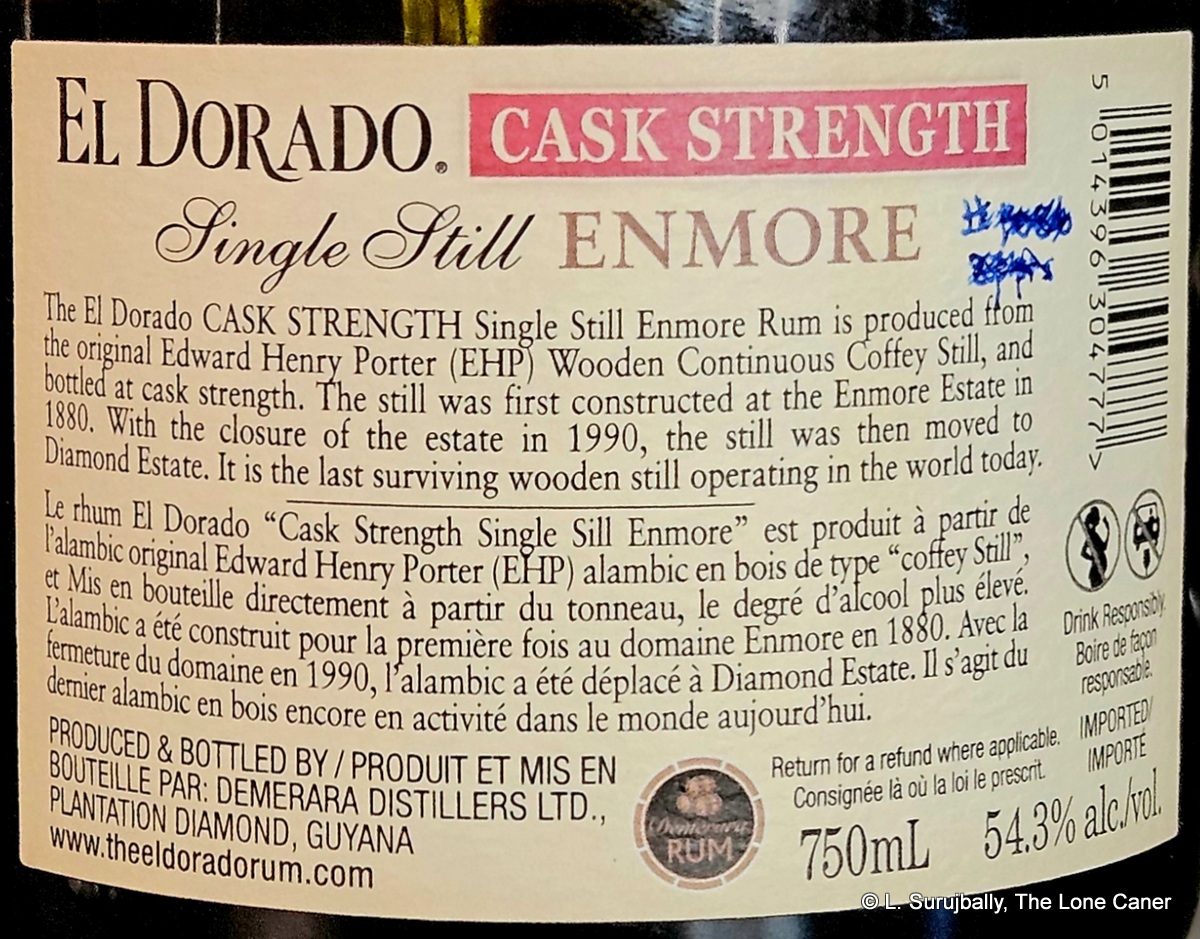 I am going to score this at 89, but advise readers to be careful with that number: it’s based on the experience I’ve had with scores of rums from Guyana over the years, so I know why I award the points. The rum is excellent, showcases the still wonderfully, and has that sense of individualistic and unique character which I personally prize: however, for those whose experience or preferences bend towards softer and more carefully blended rums from Guyana (like the standard lineup of 5, 8, 12, 15 and 21 year olds) may find a single still offering to be too strange, or different, for easy drinking. One should, I believe, have a decent knowledge of the heritage stills to appreciate their uniqueness, because although the stills’ qualities are evident here, so are some of the weaknesses, the same weaknesses that have heretofore led DDL to always blend them, never release them individually.
I am going to score this at 89, but advise readers to be careful with that number: it’s based on the experience I’ve had with scores of rums from Guyana over the years, so I know why I award the points. The rum is excellent, showcases the still wonderfully, and has that sense of individualistic and unique character which I personally prize: however, for those whose experience or preferences bend towards softer and more carefully blended rums from Guyana (like the standard lineup of 5, 8, 12, 15 and 21 year olds) may find a single still offering to be too strange, or different, for easy drinking. One should, I believe, have a decent knowledge of the heritage stills to appreciate their uniqueness, because although the stills’ qualities are evident here, so are some of the weaknesses, the same weaknesses that have heretofore led DDL to always blend them, never release them individually.
That may be because distillate from the Enmore still takes some time to get to the point, and some effort by the distillers to bring to its full potential. It’s always been hit or miss for me, some succeeding, others not quite making it, with few editions truly ascending to the heights, and those that do are almost all from the indie bottlers. For my money, here, DDL really has managed to come out with something almost as good as the Rare Edition R2 1990 20 year old, younger and at a lesser price. Others may disagree, but with this cask strength edition, DDL has captured that elusive lightning in the bottle, and made a Demerara style rum that really is a cut above the ordinary. Anyone who tries it will likely leave with a greater appreciation of not only the single barrel expressions (at whatever strength) but why they are so special.
(#1132)(89/100) ⭐⭐⭐⭐
Other notes
- Video recap link
- It is the upswing of the rum drinking public’s interest in those stills’ outputs by independent bottlers (most notably Velier, though they were not the first), that led DDL to head in this direction, first with the 2007 “cricket bat” rums, 12- and 15-year old “wine finished” editions, the Rare Editions, then the Experimental “Blended in the Barrel” releases… and now these. My advice for those who are genuinely curious and now diving into these waters, is to go for the 40% expressions (which are also cheaper), rather than going straight for the full proof line.
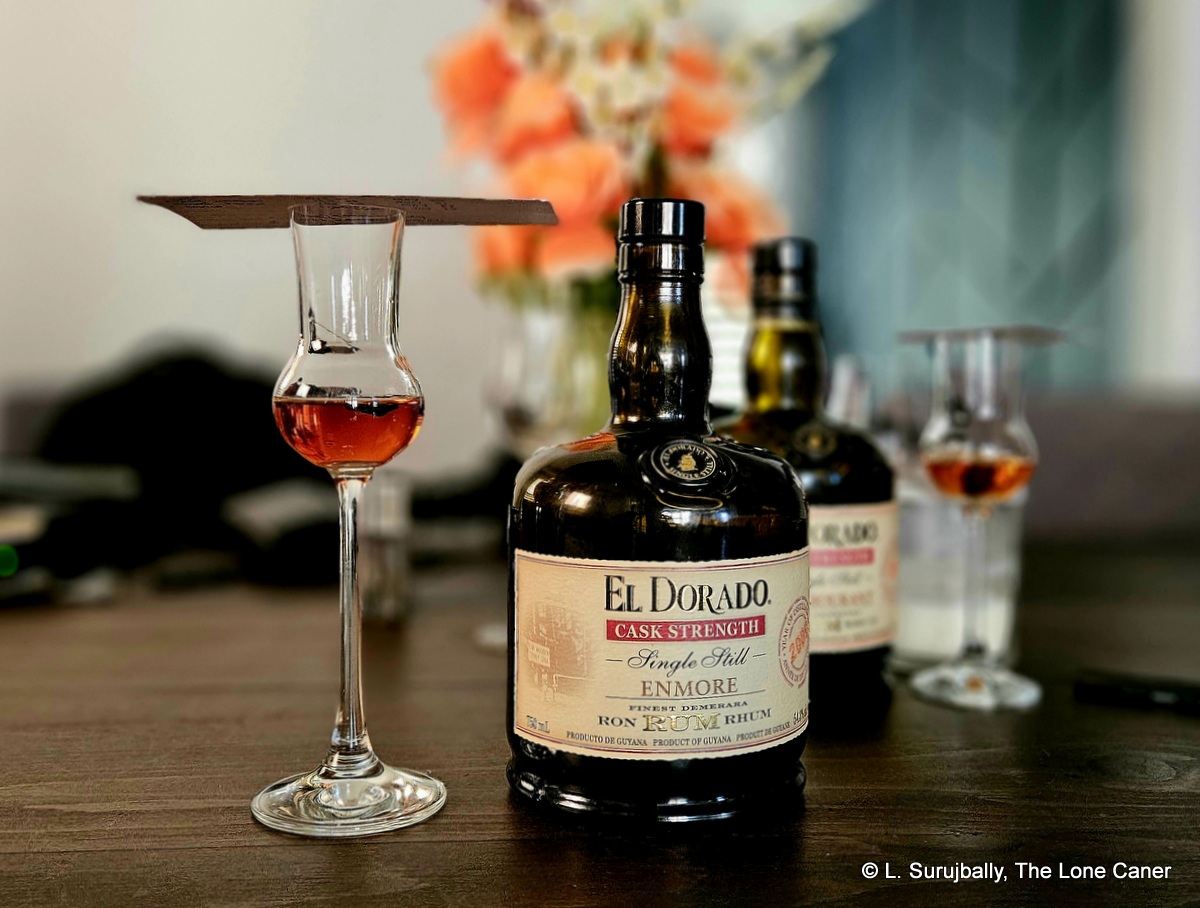
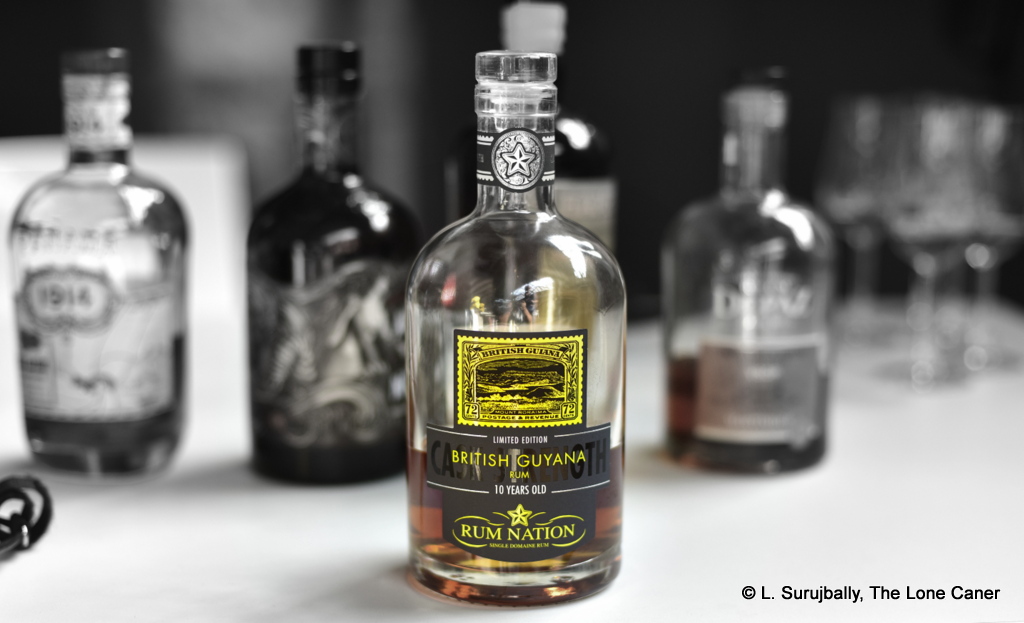
 I do, on the other hand, like the taste. It’s warm and rich and the Enmore still profile – freshly sawn lumber, sawdust, pencil shavings – is clear. Also sour cream, eggnog, and bags of dried, dark fruits (raisins, prunes, dried plums) mix it up with a nice touch of sandalwood. It takes its own sweet time getting the the point and is a little discombobulated throughout, but I can’t argue with the stewed apples, dried orange peel, ripe red guavas and licorice – it’s nice. The finish is quite solid, if unexceptional: it lasts a fair bit, and you’re left with closing notes of licorice, oak chips, vanilla, dried fruit and black cake.
I do, on the other hand, like the taste. It’s warm and rich and the Enmore still profile – freshly sawn lumber, sawdust, pencil shavings – is clear. Also sour cream, eggnog, and bags of dried, dark fruits (raisins, prunes, dried plums) mix it up with a nice touch of sandalwood. It takes its own sweet time getting the the point and is a little discombobulated throughout, but I can’t argue with the stewed apples, dried orange peel, ripe red guavas and licorice – it’s nice. The finish is quite solid, if unexceptional: it lasts a fair bit, and you’re left with closing notes of licorice, oak chips, vanilla, dried fruit and black cake.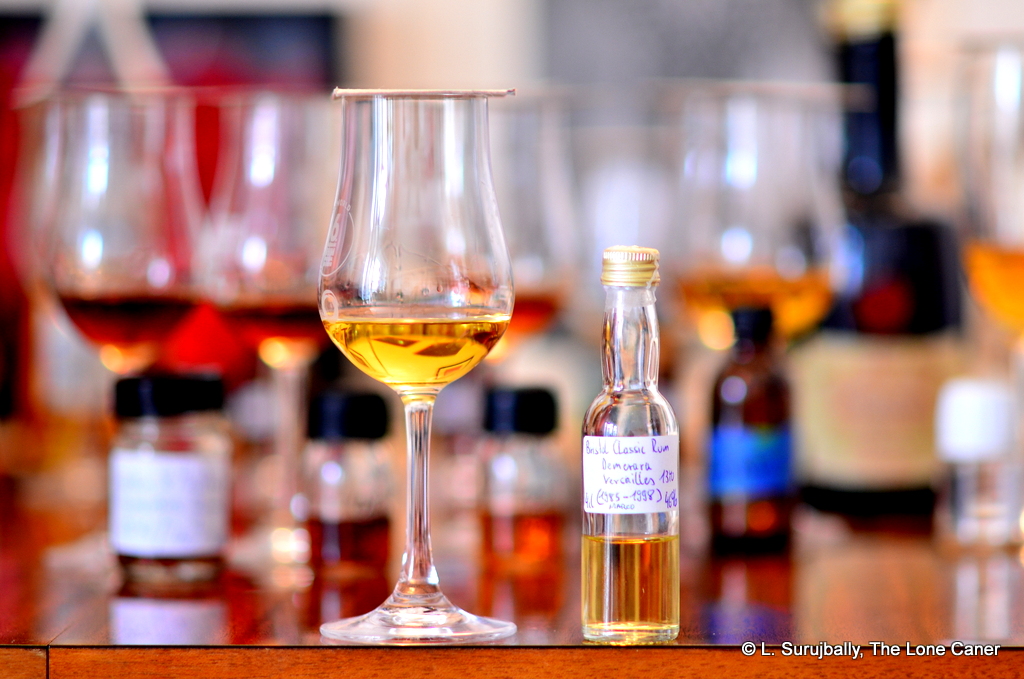
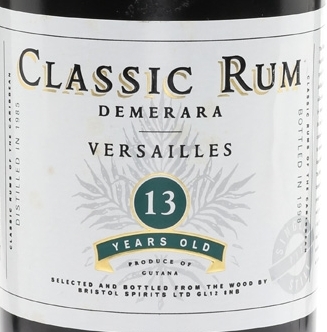 Bristol, I think, came pretty close with this relatively soft 46% Demerara. The easier strength may have been the right decision because it calmed down what would otherwise have been quite a seriously sharp and even bitter nose. That nose opened with rubber and plasticine and a hot glue gun smoking away on the freshly sanded wooden workbench. There were pencil shavings, a trace of oaky bitterness, caramel, toffee, vanilla and slowly a firm series of crisp fruity notes came to the fore: green apples, raisins, grapes, apples, pears, and then a surprisingly delicate herbal touch of thyme, mint, and basil.
Bristol, I think, came pretty close with this relatively soft 46% Demerara. The easier strength may have been the right decision because it calmed down what would otherwise have been quite a seriously sharp and even bitter nose. That nose opened with rubber and plasticine and a hot glue gun smoking away on the freshly sanded wooden workbench. There were pencil shavings, a trace of oaky bitterness, caramel, toffee, vanilla and slowly a firm series of crisp fruity notes came to the fore: green apples, raisins, grapes, apples, pears, and then a surprisingly delicate herbal touch of thyme, mint, and basil. 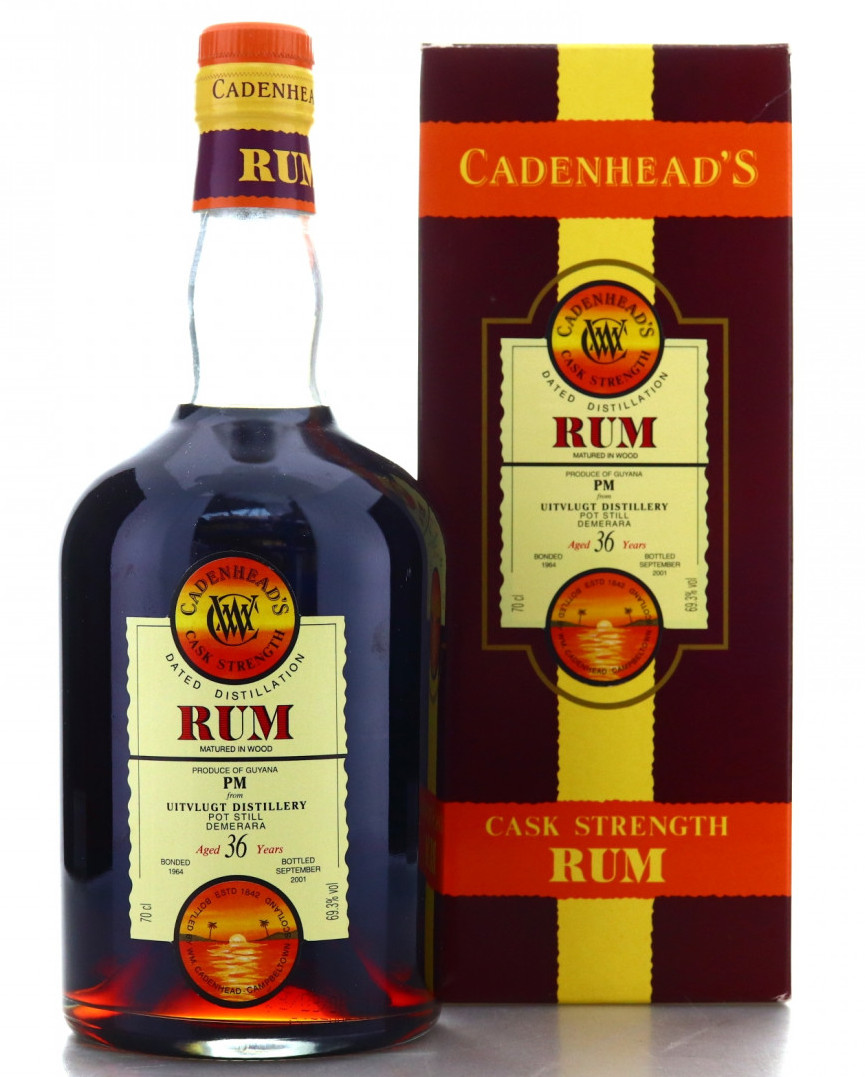
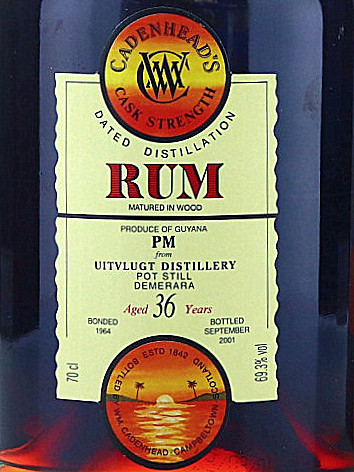 The Cadenhead Uitvlugt 1964 followed all the traditional ways an indie has of producing a rum, except then it proceeded to dial it up to 11, added steroids, horse tranqs and industrial strength factory cleanser, and released it to just about zero acclaim (I mean, have
The Cadenhead Uitvlugt 1964 followed all the traditional ways an indie has of producing a rum, except then it proceeded to dial it up to 11, added steroids, horse tranqs and industrial strength factory cleanser, and released it to just about zero acclaim (I mean, have 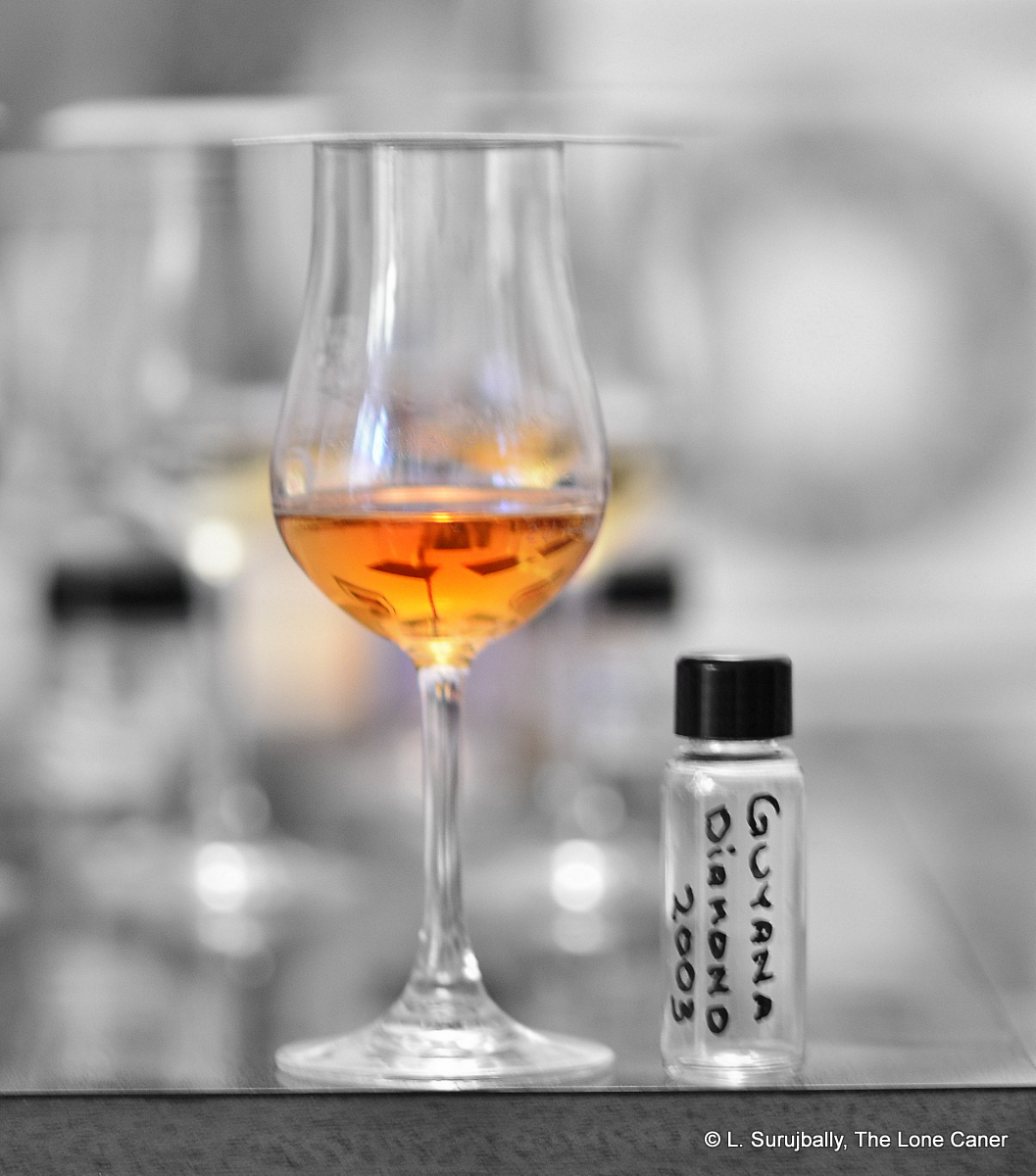
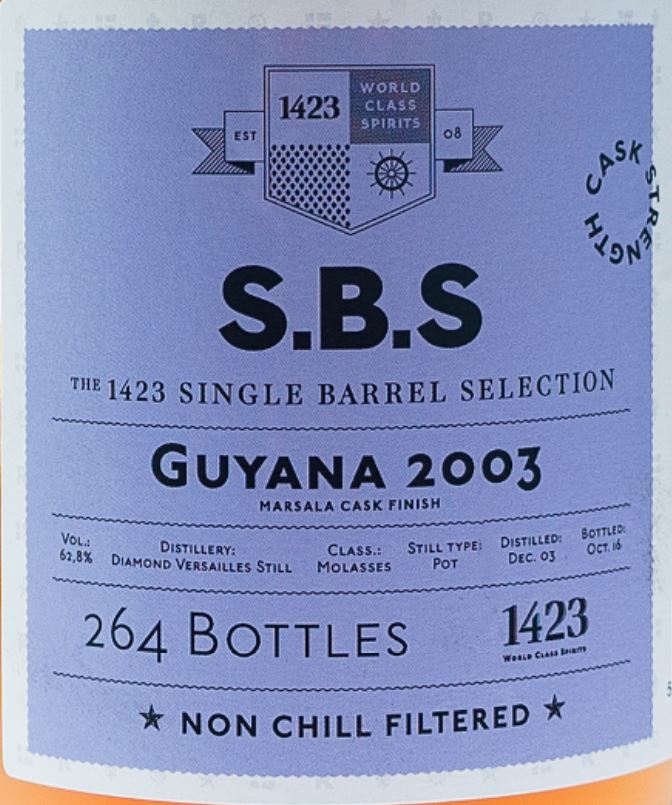 My own preference has always been for the stern elegance of the Port Mourant, and the Enmore coffey still produces rums that are complex, graceful and sophisticated when done right. But the Versailles still is something of an ugly stepchild – you’ll go far and look long to find an unqualified positive review of any rum it spits out. I’ve always felt that it takes rare skill to bring the rough and raw VSG pot still profile to its full potential…none of the familiar indies has had more than occasional success with it, and even Velier never really bothered to produce much Versailles rum at the height of
My own preference has always been for the stern elegance of the Port Mourant, and the Enmore coffey still produces rums that are complex, graceful and sophisticated when done right. But the Versailles still is something of an ugly stepchild – you’ll go far and look long to find an unqualified positive review of any rum it spits out. I’ve always felt that it takes rare skill to bring the rough and raw VSG pot still profile to its full potential…none of the familiar indies has had more than occasional success with it, and even Velier never really bothered to produce much Versailles rum at the height of 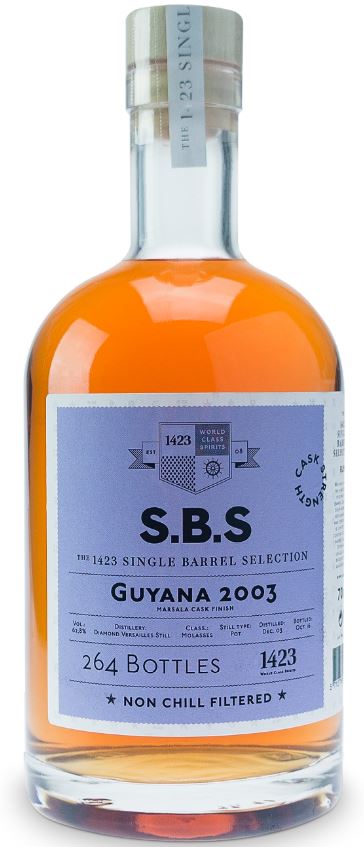 There has been occasional confusion among the stills in the past: e.g. the
There has been occasional confusion among the stills in the past: e.g. the 
 Things calmed down when Johnny Drejer approached, though, because in his fist he carried a bottle a lot of us hadn’t seen yet – the second in Romdeluxe’s “Wild Series” of rums, the Guyanese Enmore, with a black and white photo of a Jaguar glaring fiercely out. This was a 61.5% rum, 17 years old (2002 vintage, I believe), from one of the wooden stills (guess which?) — it had not formally gone on sale yet, and he had been presented with it for his 65th birthday a few days before (yeah, he looks awesome for his age). Since we already knew of the elephantine proportions of the
Things calmed down when Johnny Drejer approached, though, because in his fist he carried a bottle a lot of us hadn’t seen yet – the second in Romdeluxe’s “Wild Series” of rums, the Guyanese Enmore, with a black and white photo of a Jaguar glaring fiercely out. This was a 61.5% rum, 17 years old (2002 vintage, I believe), from one of the wooden stills (guess which?) — it had not formally gone on sale yet, and he had been presented with it for his 65th birthday a few days before (yeah, he looks awesome for his age). Since we already knew of the elephantine proportions of the 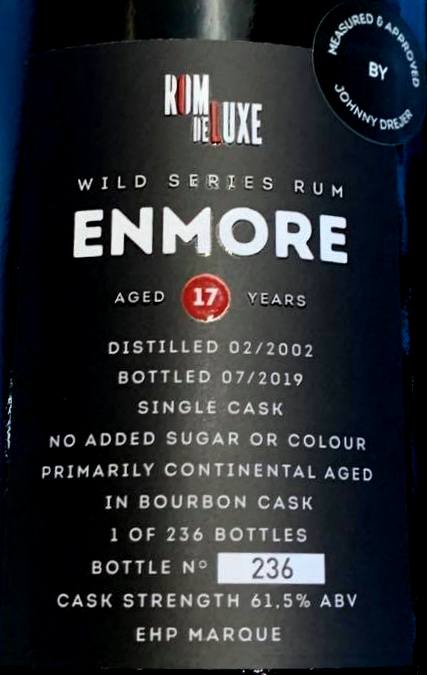 So far there is a tiger (R1 Hampden, Jamaica), jaguar (R2 Enmore, Guyana), puma (R3 Panama), black panther (R4 Belize), lion (R5, Bellevue, Guadeloupe) and leopard (R6 Caroni, Trinidad). I don’t know whether the photos are commissioned or from a stock library – what I do know is they are very striking, and you won’t be passing these on a shelf any time you see one. The stats on some of these rums are also quite impressive – take, for example, the strength of the Wild Tiger (85.2% ABV), or the age of the Wild Lion (25 years). These guys clearly aren’t messing around and understand you have to stand out from an ever more crowd gathering of indies these days, if you want to make a sale.
So far there is a tiger (R1 Hampden, Jamaica), jaguar (R2 Enmore, Guyana), puma (R3 Panama), black panther (R4 Belize), lion (R5, Bellevue, Guadeloupe) and leopard (R6 Caroni, Trinidad). I don’t know whether the photos are commissioned or from a stock library – what I do know is they are very striking, and you won’t be passing these on a shelf any time you see one. The stats on some of these rums are also quite impressive – take, for example, the strength of the Wild Tiger (85.2% ABV), or the age of the Wild Lion (25 years). These guys clearly aren’t messing around and understand you have to stand out from an ever more crowd gathering of indies these days, if you want to make a sale.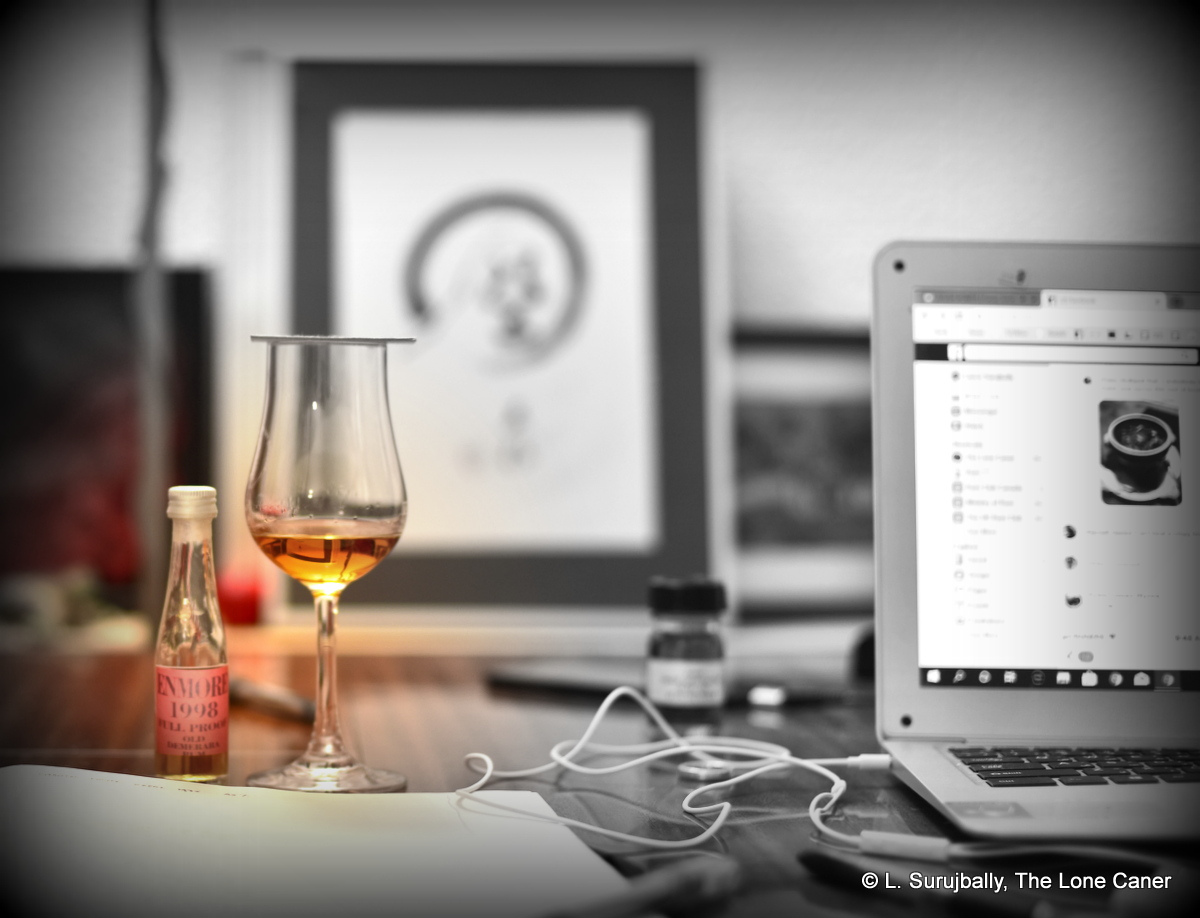
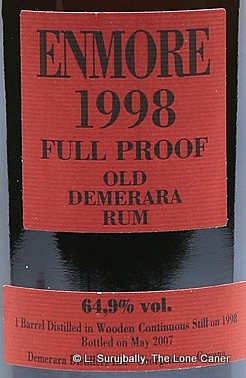 Yet for all that, to ignore it would be a mistake. There’s the irresistible pull of the Old Guyana Demeraras, of that legendary Enmore wooden Coffey still (also known as the “filing cabinet” by wags who’ve seen it), the allure of Velier and their earlier releases which back in the day sold for a hundred or so and now pull down thousands easy (in any currency). How can one resist that? Good or bad, it’s just one of those things one has to try when possible, and for the record, even at that young age, it’s very good indeed.
Yet for all that, to ignore it would be a mistake. There’s the irresistible pull of the Old Guyana Demeraras, of that legendary Enmore wooden Coffey still (also known as the “filing cabinet” by wags who’ve seen it), the allure of Velier and their earlier releases which back in the day sold for a hundred or so and now pull down thousands easy (in any currency). How can one resist that? Good or bad, it’s just one of those things one has to try when possible, and for the record, even at that young age, it’s very good indeed.
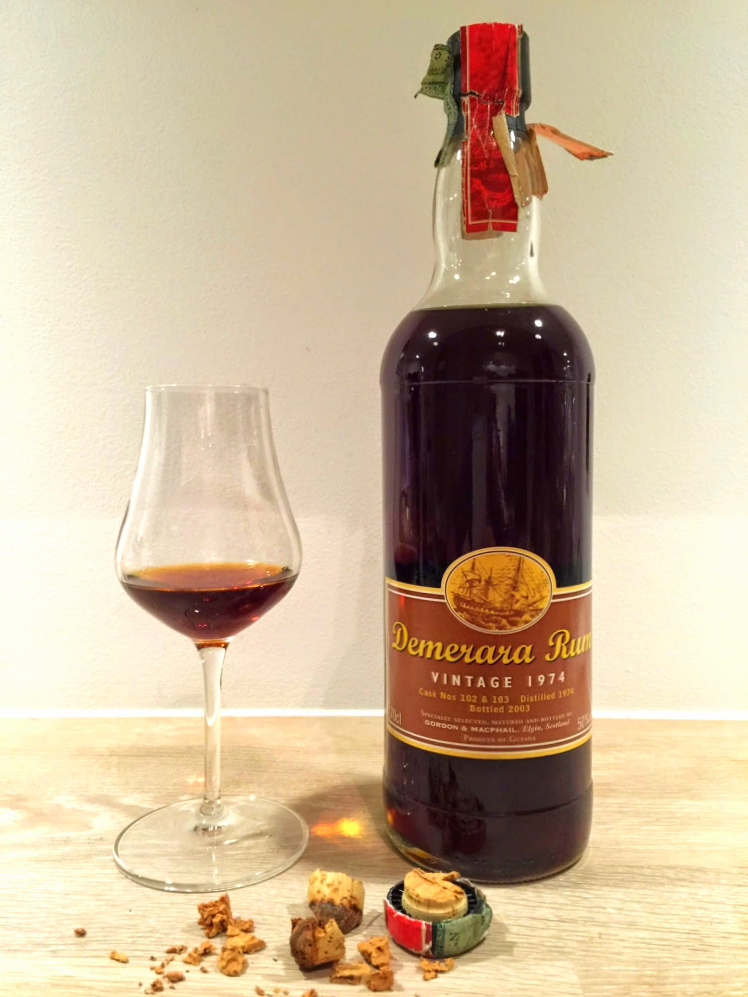
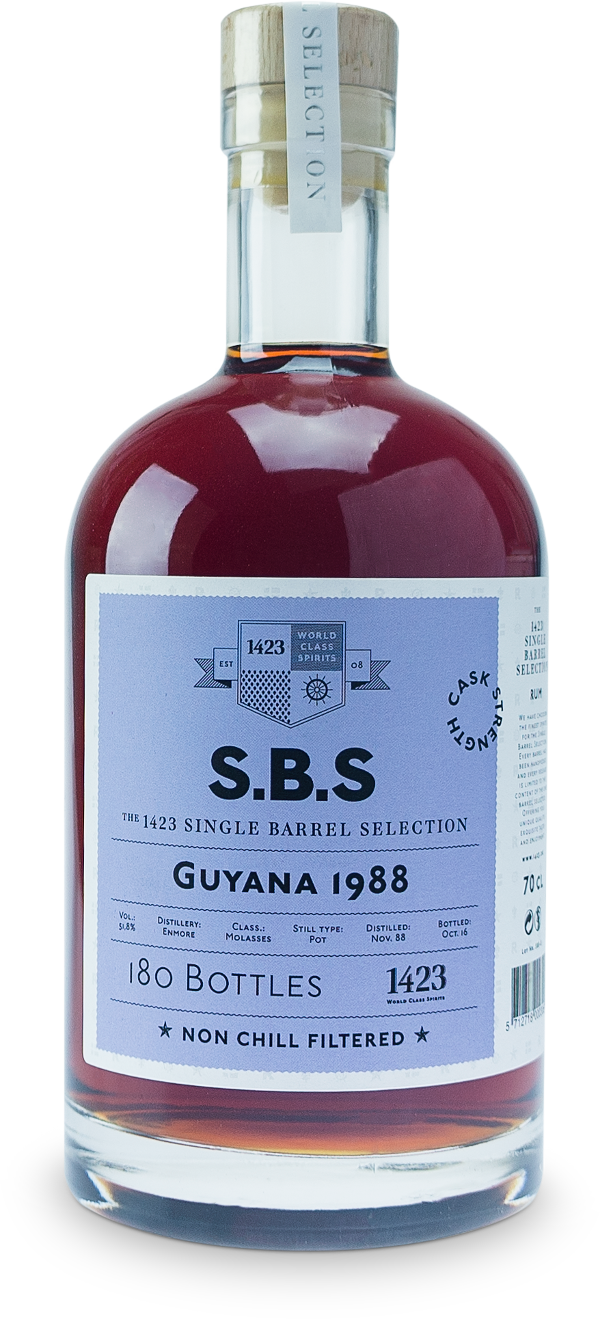
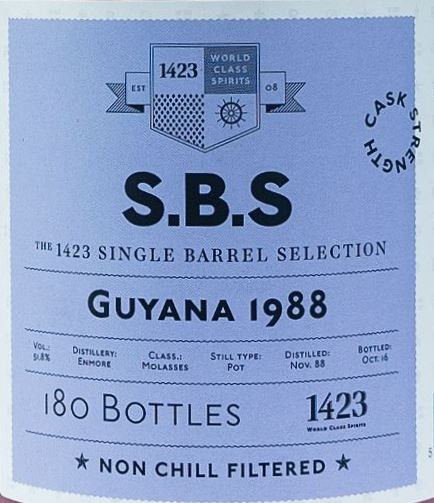 Now, there’s no doubt in my mind that this was as Guyanese as pepperpot and DDL – the real question is, which still made the rum? The label says it’s an Enmore from a pot still, all of SBS’s records (
Now, there’s no doubt in my mind that this was as Guyanese as pepperpot and DDL – the real question is, which still made the rum? The label says it’s an Enmore from a pot still, all of SBS’s records (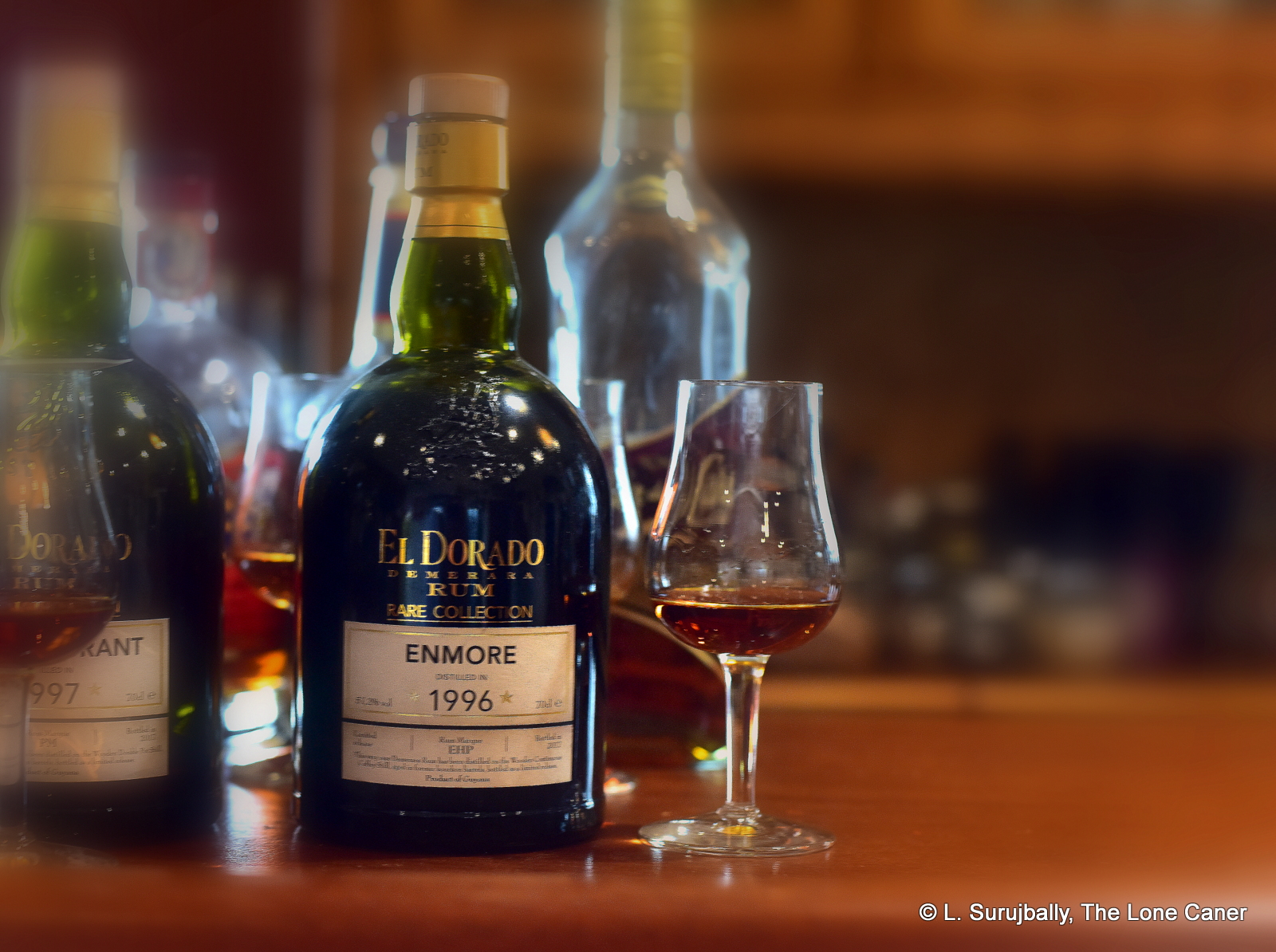
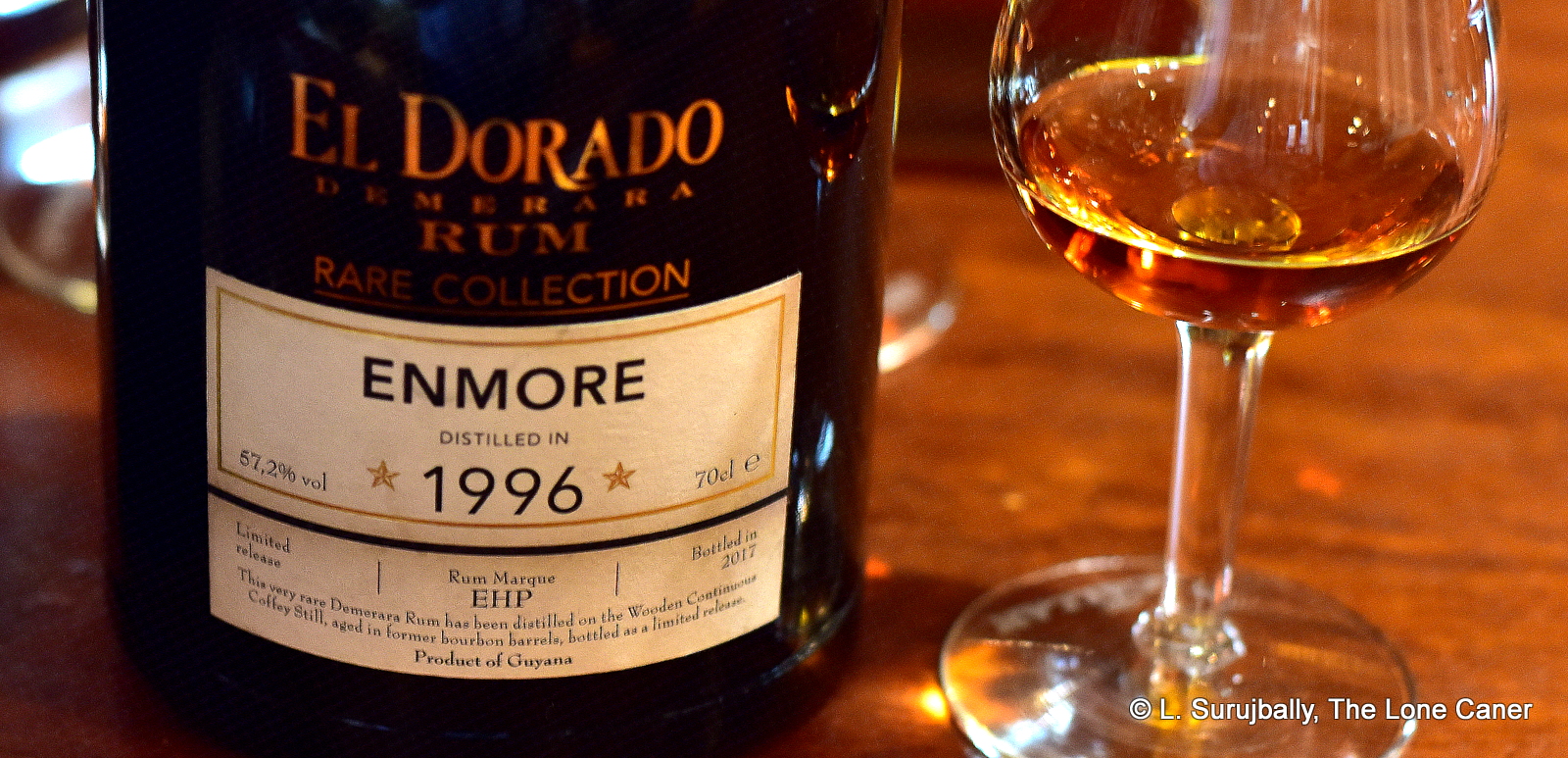
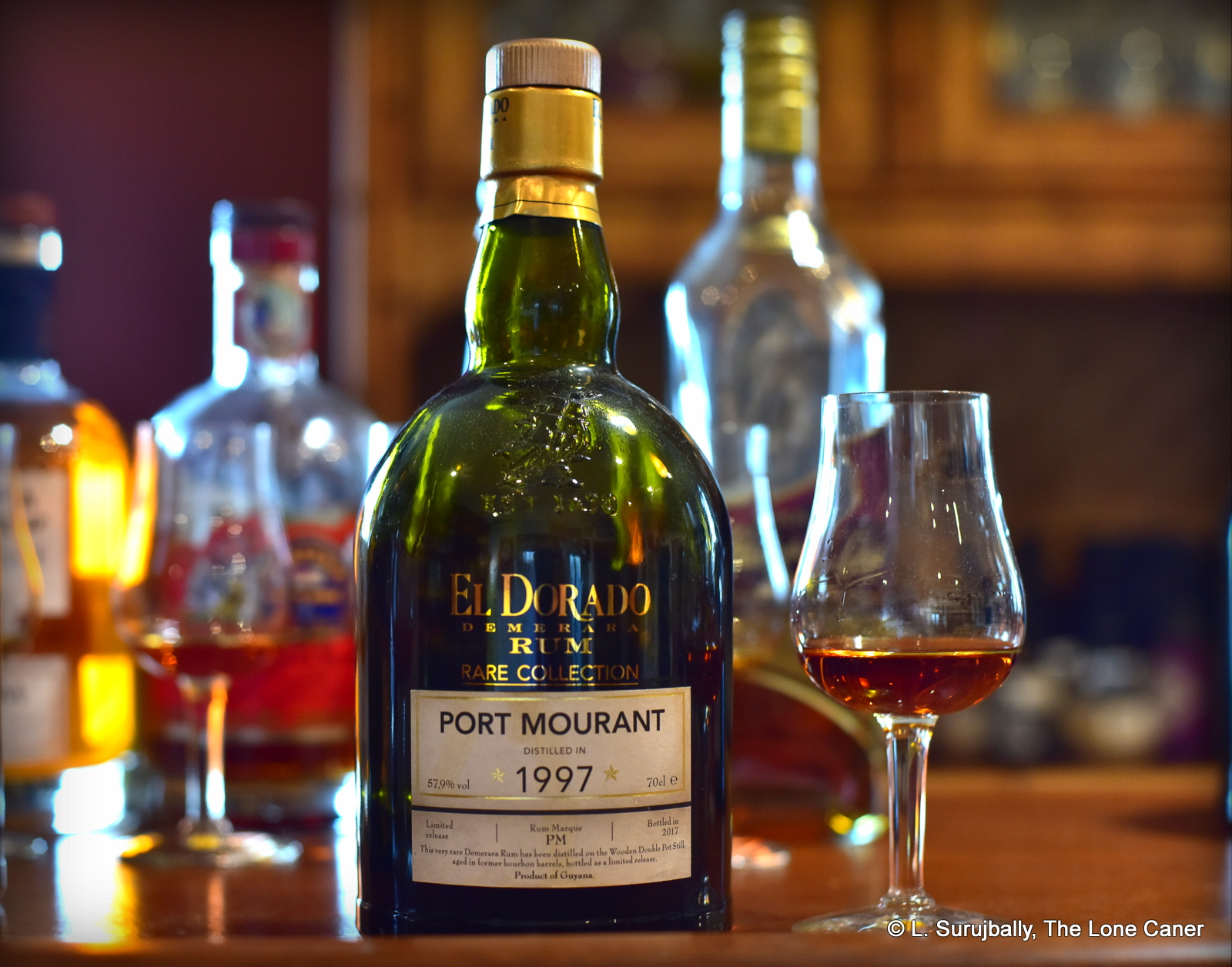
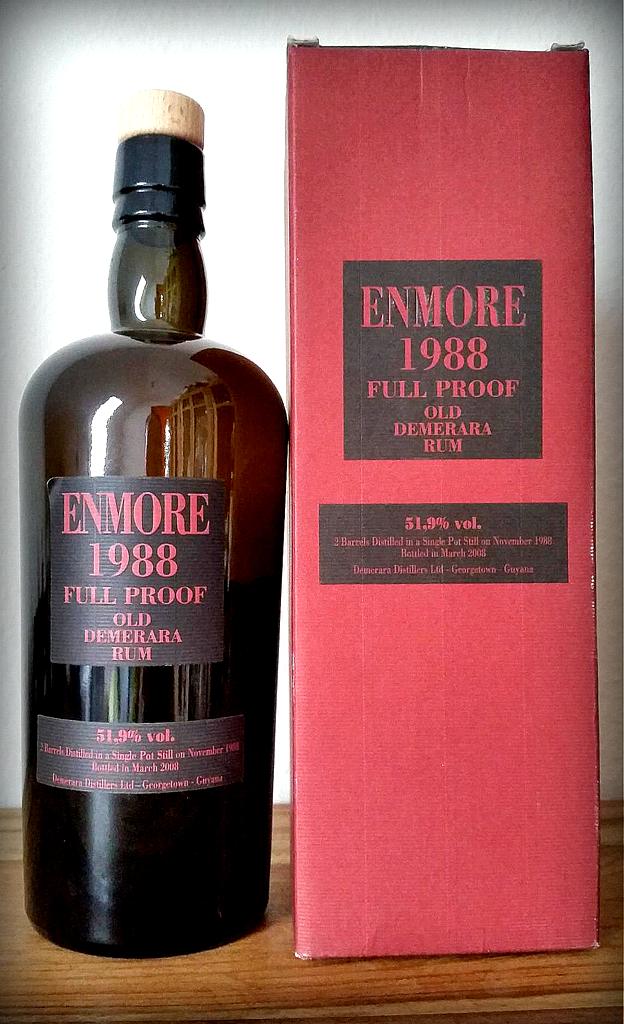
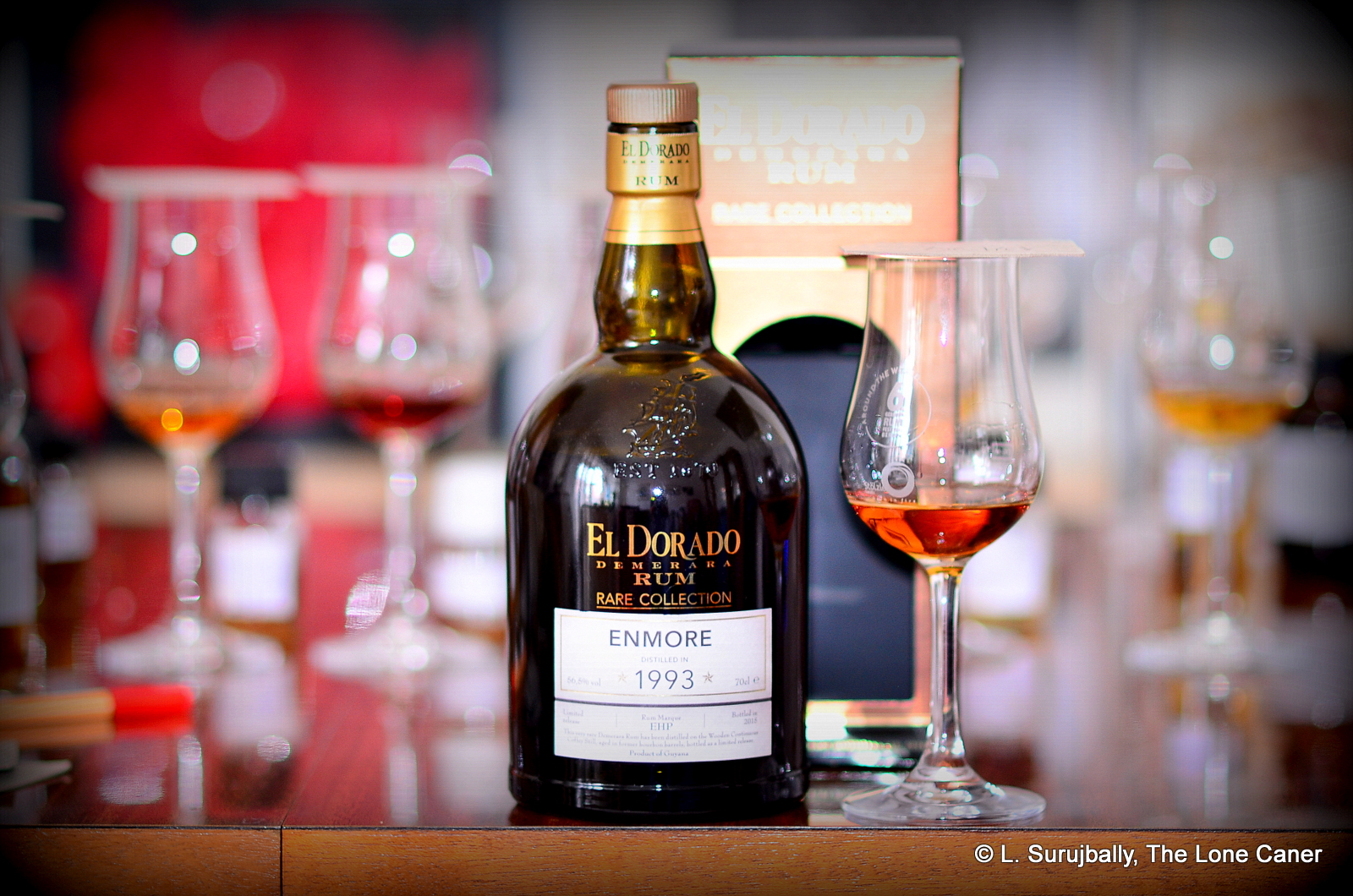
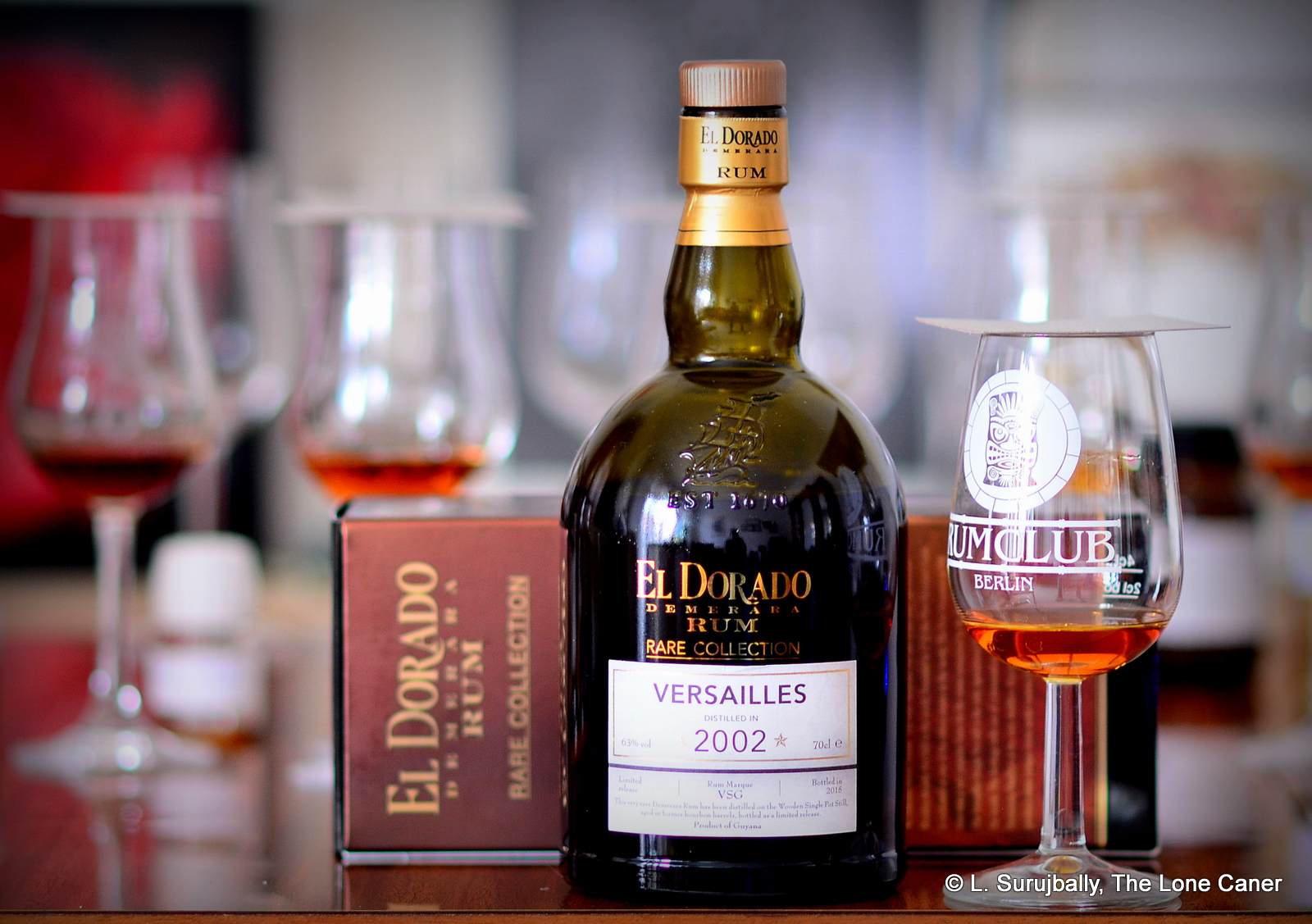
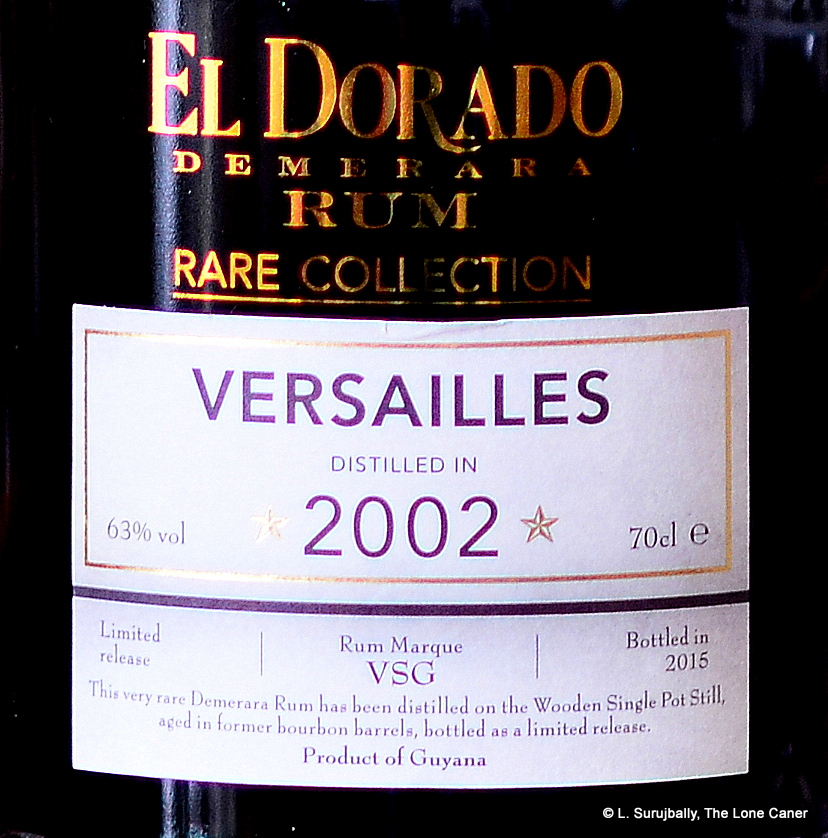
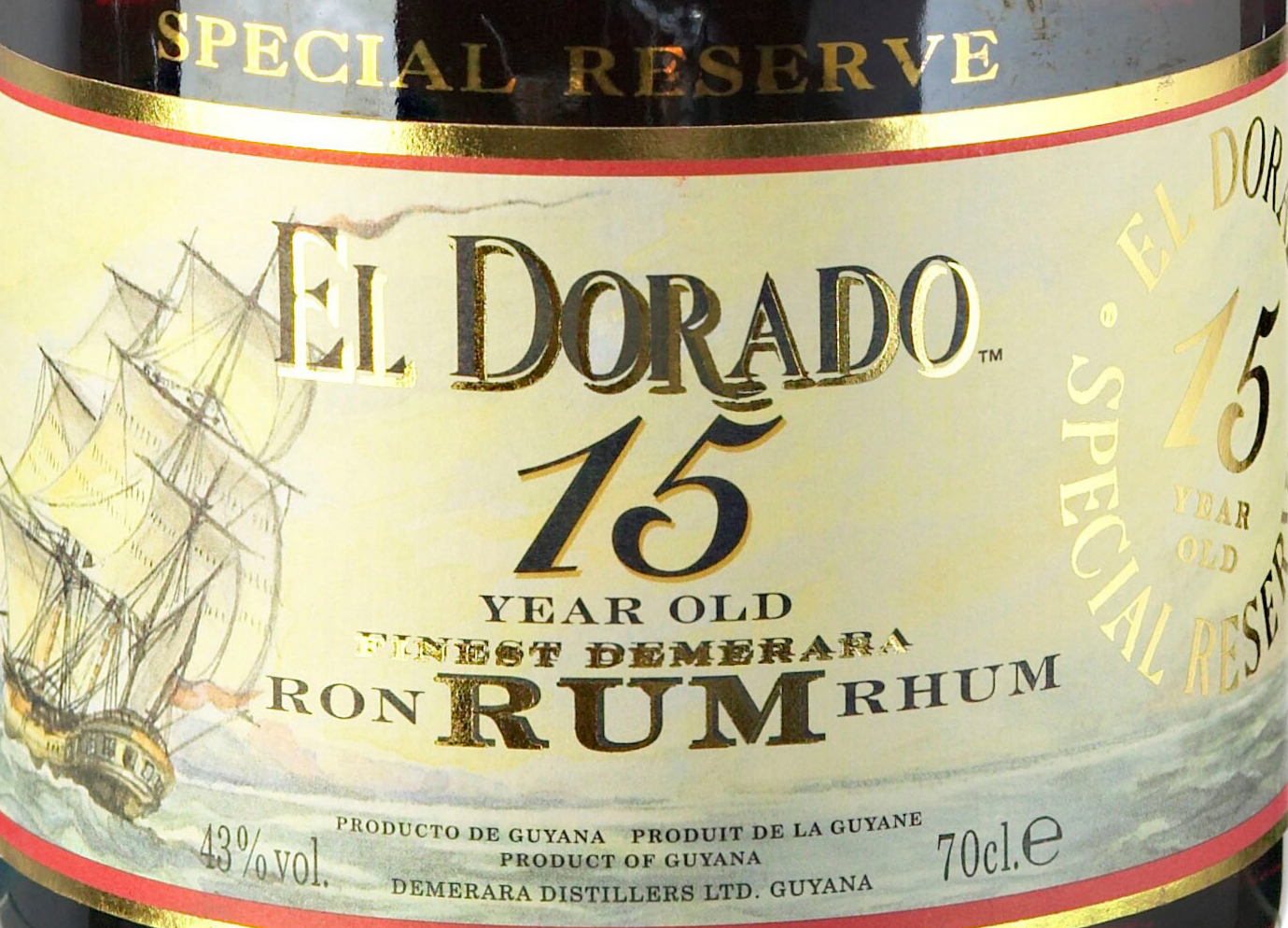
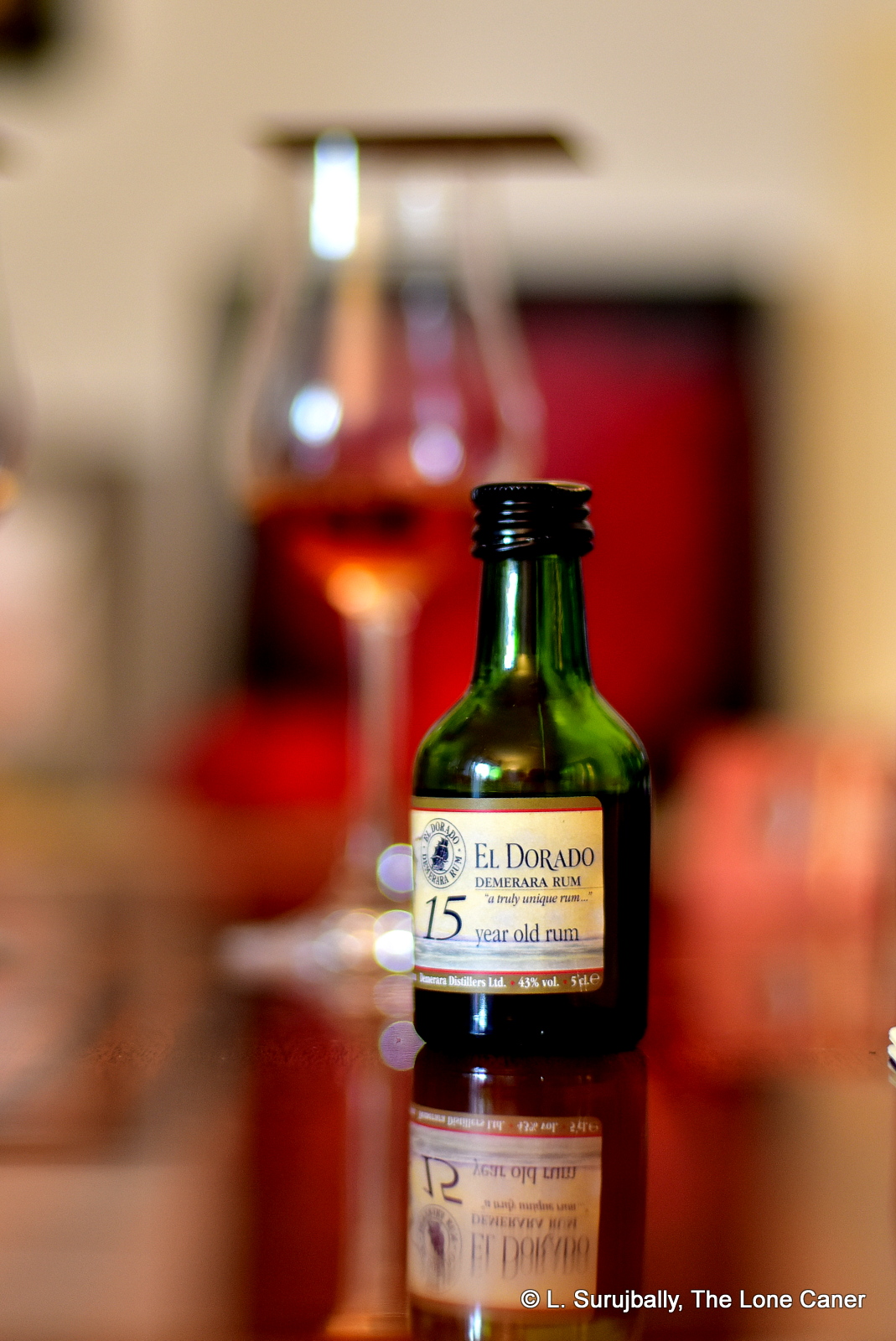
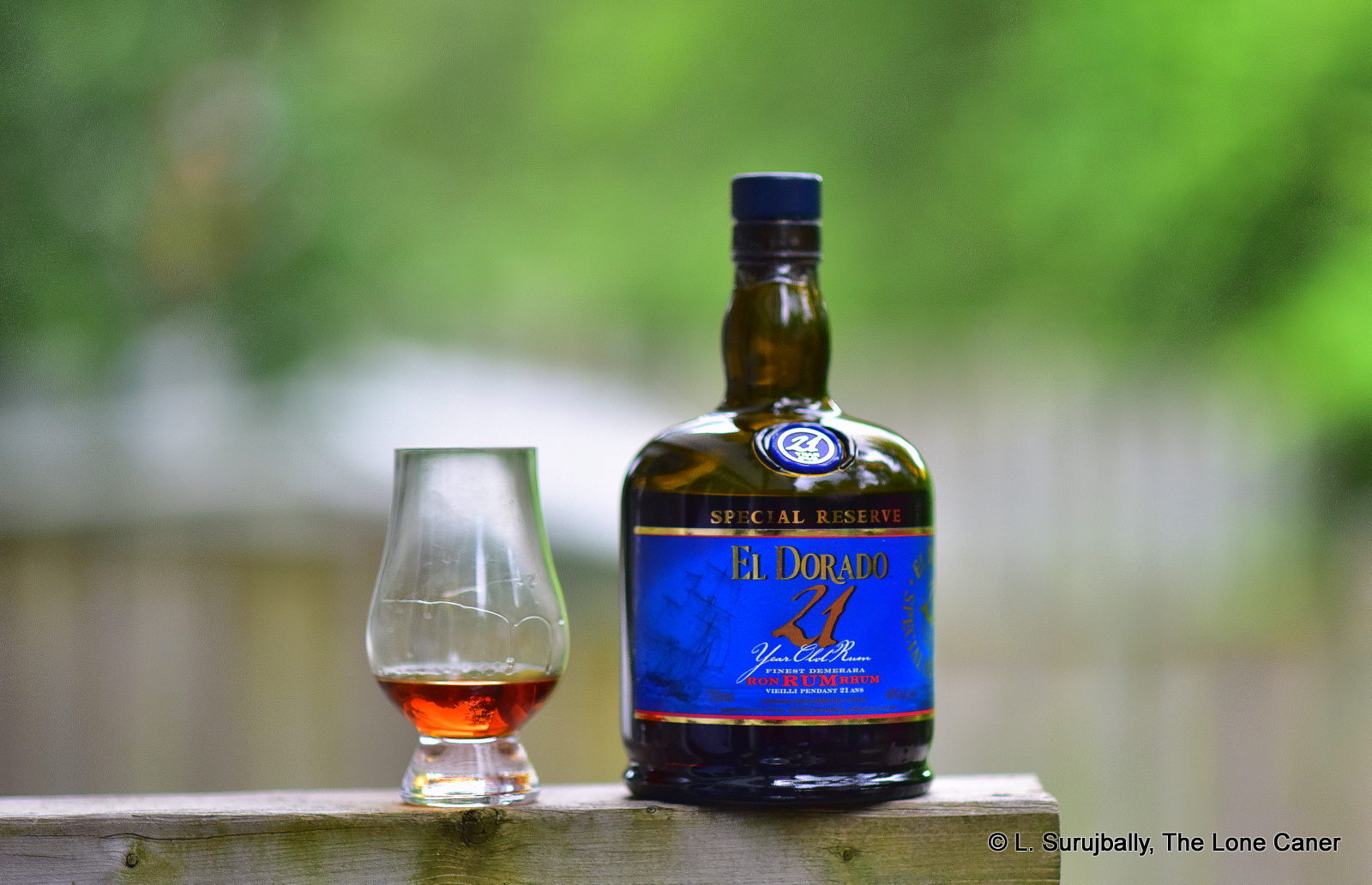



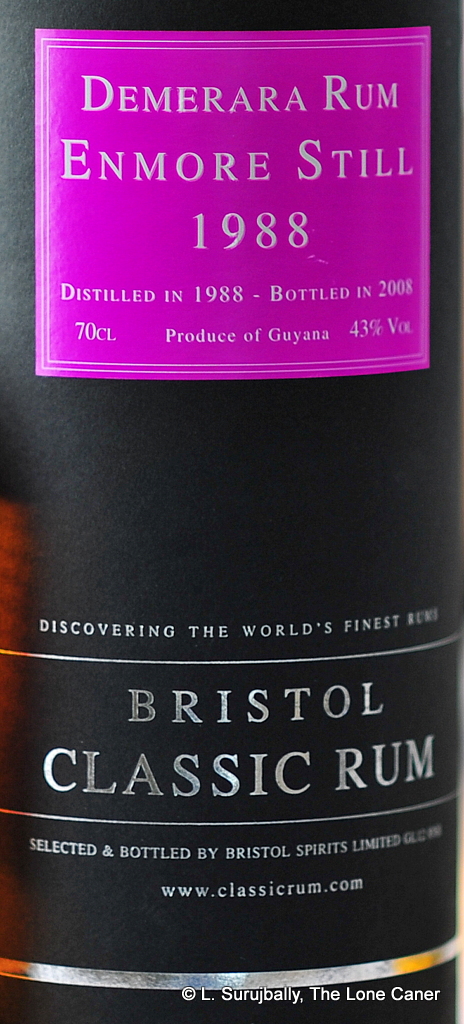
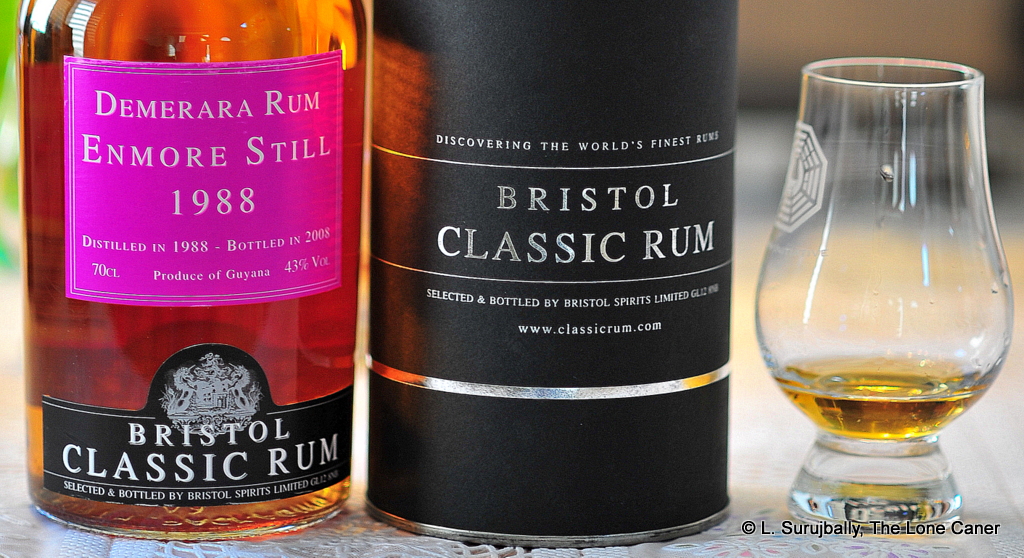
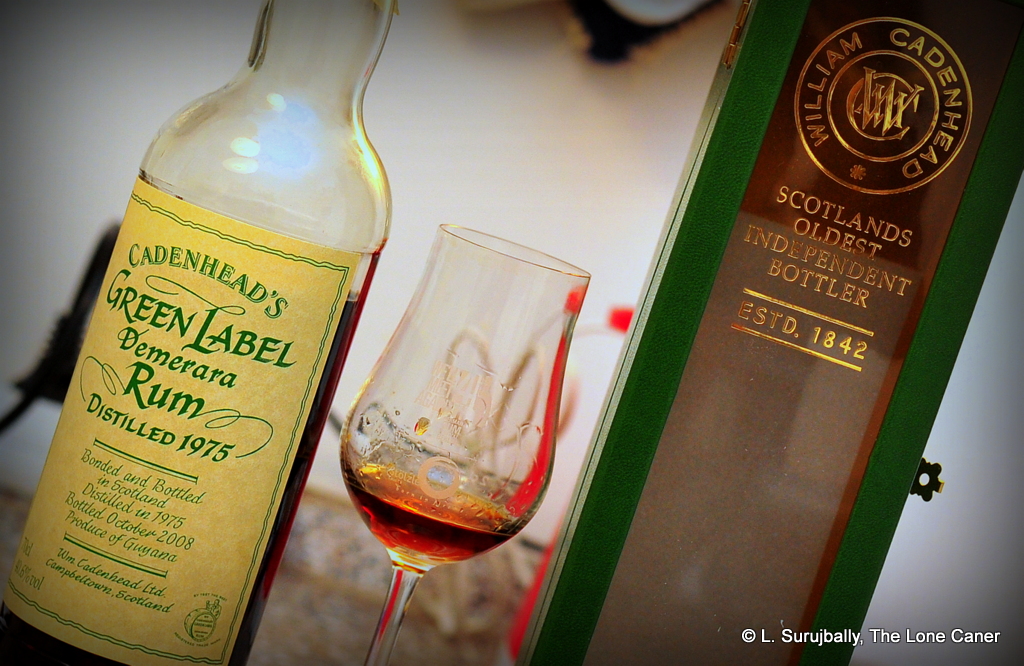
 The dark mahogany-red Cadenhead rum was actually quite similar to the Norse Cask. Some rubber and medicinals and turpentine started the nose party going, swiftly gone. Then the licorice and tobacco — of what I’m going to say was a blend with a majority of Port Mourant distillate — thundered onto the stage, followed by a muted backup chorus of wood, oak, hay, raisins, caramel, brown sugar. I sensed apricots in syrup (or were those peach slices?). It’s the lack of oomph on the strength that made trying the rum an exercise in frustrated patience for me. I knew the fair ladies were in there…they just didn’t want to come out and dance (and paradoxically, that made me pay closer attention). It took a while to tease out the notes, but as I’ve said many times before, the PM profile is pretty unmistakeable and can’t be missed…and that was damned fine, let me reassure you, no matter what else was blended into the mix.
The dark mahogany-red Cadenhead rum was actually quite similar to the Norse Cask. Some rubber and medicinals and turpentine started the nose party going, swiftly gone. Then the licorice and tobacco — of what I’m going to say was a blend with a majority of Port Mourant distillate — thundered onto the stage, followed by a muted backup chorus of wood, oak, hay, raisins, caramel, brown sugar. I sensed apricots in syrup (or were those peach slices?). It’s the lack of oomph on the strength that made trying the rum an exercise in frustrated patience for me. I knew the fair ladies were in there…they just didn’t want to come out and dance (and paradoxically, that made me pay closer attention). It took a while to tease out the notes, but as I’ve said many times before, the PM profile is pretty unmistakeable and can’t be missed…and that was damned fine, let me reassure you, no matter what else was blended into the mix.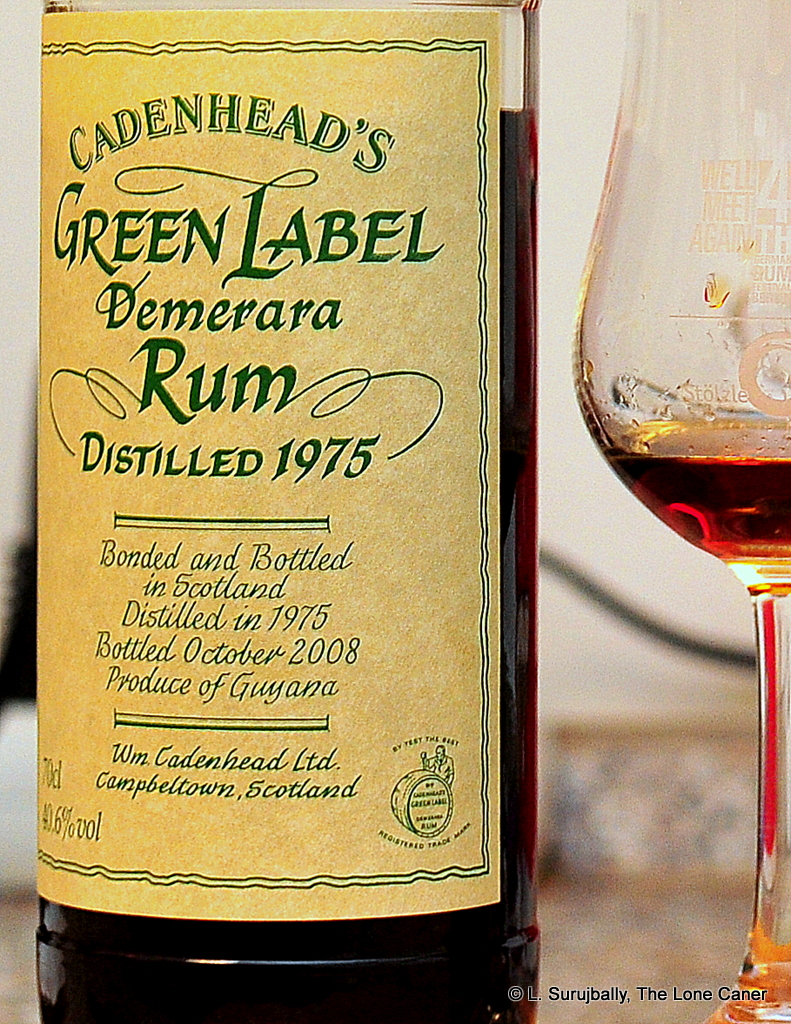 The word “accessible” I used above does not mean available, but
The word “accessible” I used above does not mean available, but 